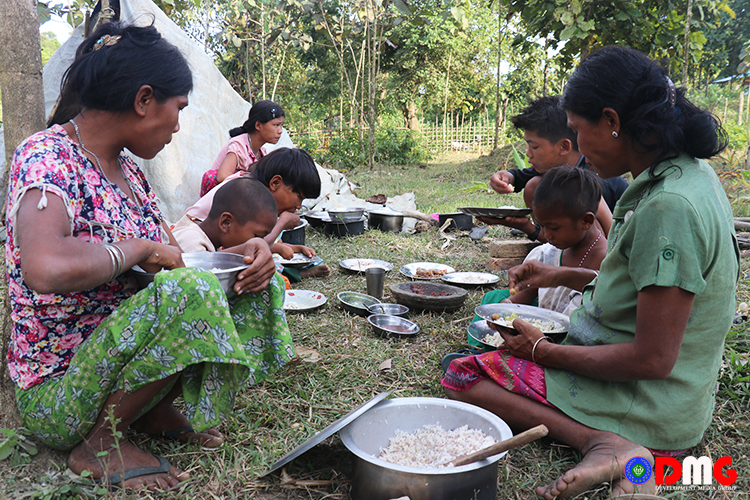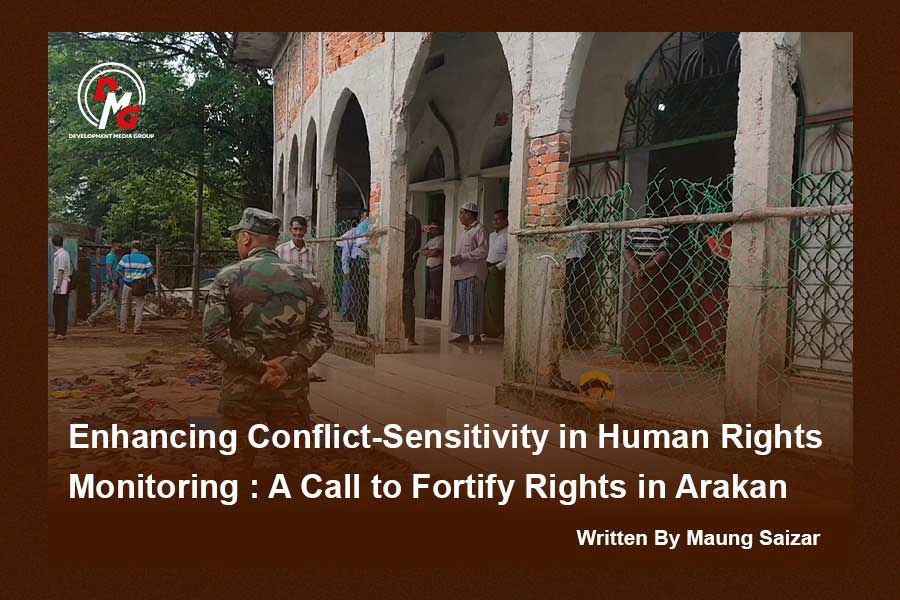- Junta unable to hold elections in dozens of wards and village-tracts in Sittwe, Kyaukphyu
- Fighting escalates between Myanmar military, Arakan Army in Ayeyarwady Region
- Regime steps up civilian arrests in Sittwe
- ULA safeguards Mrauk-U's ancient heritage
- Arakan on the Edge: What the DMG Landmine Impact Report Reveals About Myanmar's Deepening Humanitarian Crisis
Internet blackout in Arakan and Chin states nears 10 months
It has been almost 10 months since the government cut off mobile internet access in eight townships of Arakan State and Paletwa Township in Chin State, where conflict between the Tatmadaw and the Arakan Army (AA) has persisted for well over a year.
05 Apr 2020

Min Tun | DMG
April 5, Sittwe
It has been almost 10 months since the government cut off mobile internet access in eight townships of Arakan State and Paletwa Township in Chin State, where conflict between the Tatmadaw and the Arakan Army (AA) has persisted for well over a year.
Fighting has been concentrated in the townships deprived of internet, and critics contend that a valuable reporting medium for ongoing human rights violation has thus been taken away from the public at a time when civilian casualties are mounting and accountability is lacking.
“We have seen many human rights violations in both Arakan and Chin states after the internet blackout. Clashes have been getting more aggressive, such as bombing of houses, villages and civilians,” said Khaing Kaung San, director of the Wan Lark Development Foundation.
MPs, local and international civil society organisations, and foreign embassies have called on the government to end the internet blackout. But the Pyithu Hluttaw lawmaker for Rathedaung Township, Daw Khin Saw Wai, said the government has ignored demands to restore internet access.
“We have seen that some countries really value their public. That’s why it is time for our government to restore the internet access in our Arakan State,” she said.
The internet blackout is also raising concerns of a different kind as coronavirus infections rise in Myanmar, with residents of the affected townships unable to access information about the deadly pandemic online.
The government cut off mobile internet access in Buthidaung, Maungdaw, Rathedaung, Ponnagyun, Kyauktaw, Myebon, Myauk-U and Minbya in Arakan State, and Chin State’s Paletwa Township, on June 21. The ban was lifted in some of the townships on September 1, only to be reimposed on February 3.
The nine affected townships combined had a total population of more than 1.1 million people at the time of the 2014 census.





.png)
.jpg)










